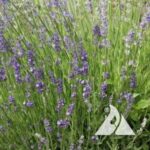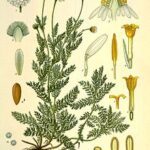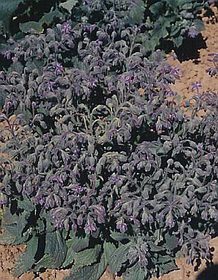Description
Annual, leaves and flowers used for salads, suitable for freezing.
$1.40 – $27.95
Annual, leaves and flowers used for salads, suitable for freezing.
Seeds/ounce – 2,000
Pkt Weight – 1/16
Annual, leaves and flowers used for salads, suitable for freezing.
| Options | 1 lb, 1 oz, 1/4 lb, 1/4 oz, packet |
|---|

The leaves can be used in salads, or to make soup, and the roots can be eaten as a vegetable.
Seeds/ounce – 8,700
Pkt Weight – 1/128
I do not have an image for this product. If you buy and raise this product this year and send me an image of it, I will give you a free pack for next year. Send to” errolahlers@morgancountyseeds.com. Please include your name, address, and product name.
The leaves can be used in salads, or to make soup, and the roots can be eaten as a vegetable.
Seeds/ounce – 8,700
Pkt Weight – 1/128
I do not have an image for this product. If you buy and raise this product this year and send me an image of it, I will give you a free pack for next year. Send to” errolahlers@morgancountyseeds.com. Please include your name, address, and product name.

Lavenders flourish best in dry, well-drained, sandy or gravelly soils in full sun.
Seeds/ounce – 26,000
Pkt Weight – 1/128
Lavenders flourish best in dry, well-drained, sandy or gravelly soils in full sun.
Seeds/ounce – 26,000
Pkt Weight – 1/128

Seeds/ounce – 353,500
I do not have an image for this product. If you buy and raise this product this year and send me an image of it, I will give you a free pack for next year. Send to” errolahlers@morgancountyseeds.com. Please include your name, address, and product name.
Pkt Weight – 1/189
Seeds/ounce – 353,500
I do not have an image for this product. If you buy and raise this product this year and send me an image of it, I will give you a free pack for next year. Send to” errolahlers@morgancountyseeds.com. Please include your name, address, and product name.
Pkt Weight – 1/189

Here are additional ways in which German Chamomile can help:
Physical uses: Inflamed muscles and joints, infections, headaches, indigestion, nerve pain.
Skincare uses: Inflammation, irritations, rashes, allergic reactions, acne, rosacea, sunburn, itching, small cuts, minor burns, minor skin infections, insect bites, and stings.
Psychological uses: Stress, tension, anxiety, anger, fear, sleeplessness, impatience.
Approximately 189,000 per ounce Pkt about 1000
Here are additional ways in which German Chamomile can help:
Physical uses: Inflamed muscles and joints, infections, headaches, indigestion, nerve pain.
Skincare uses: Inflammation, irritations, rashes, allergic reactions, acne, rosacea, sunburn, itching, small cuts, minor burns, minor skin infections, insect bites, and stings.
Psychological uses: Stress, tension, anxiety, anger, fear, sleeplessness, impatience.
Approximately 189,000 per ounce Pkt about 1000




Reviews
There are no reviews yet.